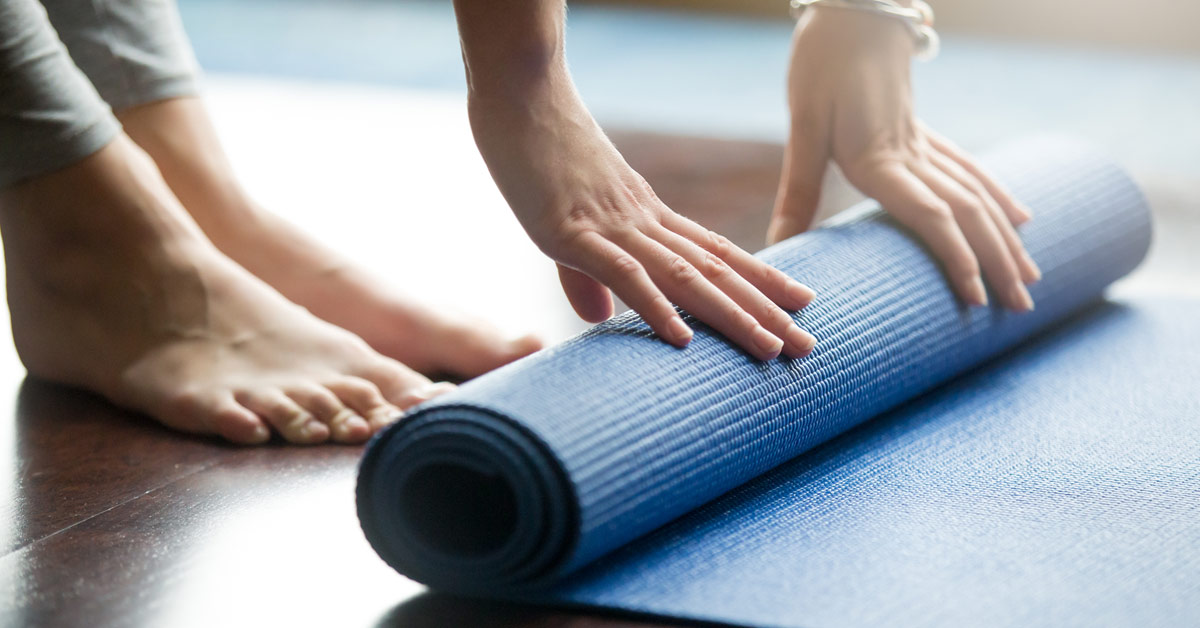
These tips can help dental hygienists learn how to prevent pain and health issues from long hours of dental work and ensure they don’t need to reduce their hours or retire early due to health complications.
Even though ergonomics has become a respected aspect of the dental hygiene curriculum, it’s sometimes still easy for hygienists to forget how to prevent health issues from hygiene work. Spending long hours working on patients and paying more attention to their comfort and care than your own can leave what was learned in ergonomic lectures tossed aside. After all, you most likely entered the dental field for a love of helping people—not for the love of knowing the correct position to sit on a chair.
But without taking proper steps to prevent work-related health issues, you may shorten the length of your dental career and limit your ability to effectively care for patients in the future. Fortunately, there are tips you can use to ensure your body remains healthy and pain-free and allow you to keep working until you decide it’s time to stop.
Tip 1: Exercise and move throughout the day
Exercising to maintain your strength and weight goes a long way to keeping your body healthy enough to work with patients. And, fortunately, there are specific exercises you can do to strengthen the muscles you use the most (arms, back and core) to prevent pain and help maintain good posture, such as yoga or Pilates. Also, using a foam roller after a workout can further loosen tight and sore muscles. Working out at least a few times a week keeps your body strong enough for the physically demanding work you do every day.
It’s also important to remember to keep your body moving when working with patients. Try to avoid holding one position to long. Roll your wrists and shoulders and try to sit up straight as often as time allows. Take a short walk in between patients. Part of the reason dental work is so strenuous is that it asks you to hold awkward and uncomfortable positions for long stretches of time. So any chance you get to break them up and return to a more natural body position will help prevent health issues from developing.
Tip 2: Have proper equipment
In the well-controlled chaos of a dental office—patients flying in and out of exam chairs, supplies being ordered, and phones ringing at the front desk—it may be taken for granted that the equipment you use to take care of patients works well for you and keeps you comfortable. But more often than not it’s probably lacking in some way or another. So don’t hesitate to ask if you can have something that offers better ergonomics and keep you more comfortable. At worst you’ll be told no—and at best you could get the equipment you need to actually work comfortably!
An ergonomic stool that allows you to sit in a natural position and move freely without restriction can be a game-changer in your day. Saddle stools are becoming especially popular compared to old operator chairs. And if you’re starting to feel the negative effect of hunching over patients to clearly see their oral cavity you may benefit from a loupe and personal light. You’ll be able to see the oral cavity much easier without having to lean so far over the patient. Finally, properly sharp instruments and lightweight and cordless handpieces will ease the burden on your wrists.
You’re an asset to your dental team and should have the tools you need to do your job at the highest level and without fear of pain or injury. Talk with the doctor or office manager to see what works for you and for the practice.
Tip 3: Get back to basics
Think back to what you learned about ergonomics in school. Are you still applying those techniques today when you’re in the throes of a busy work day? If not, here’s a quick reminder of some ergonomic basics that can help you work more comfortably.
- Sit with your feet flat on the floor—no crossed legs or feet tucked under your chair or stool. This gives you a foundation for proper lumbar position and support.
- Keep your arms from elbows to wrists parallel to the floor. To do this lower the patient’s head until you can reach their mouth without having to raise your wrists above your elbows.
- Politely ask patients to turn their heads to help you see the oral cavity easier. They’re only in your chair for a few minutes, while you’re working in that exam room all day. And make sure to use your mirror—it’s invaluable in giving you access to the patient’s mouth.
- Keep your back and torso straight. Twisting and turning in your chair strains your back and cause pain.
Use these easy tips for maintaining proper techniques and a healthy work environment to take care of your body and ensure you’ll be practicing dental hygiene for as long as you want. Your practice and patients will be glad that you did!

